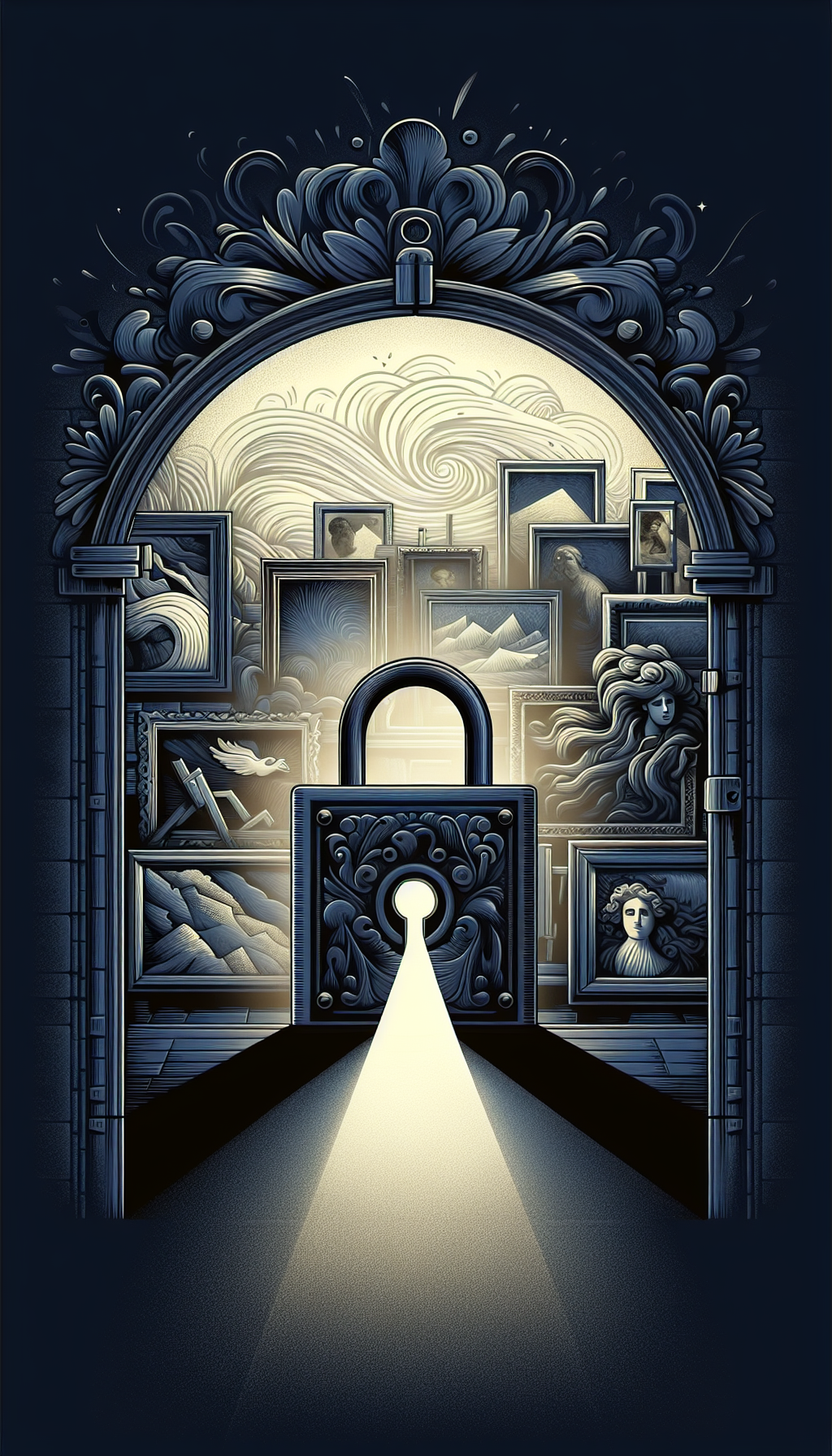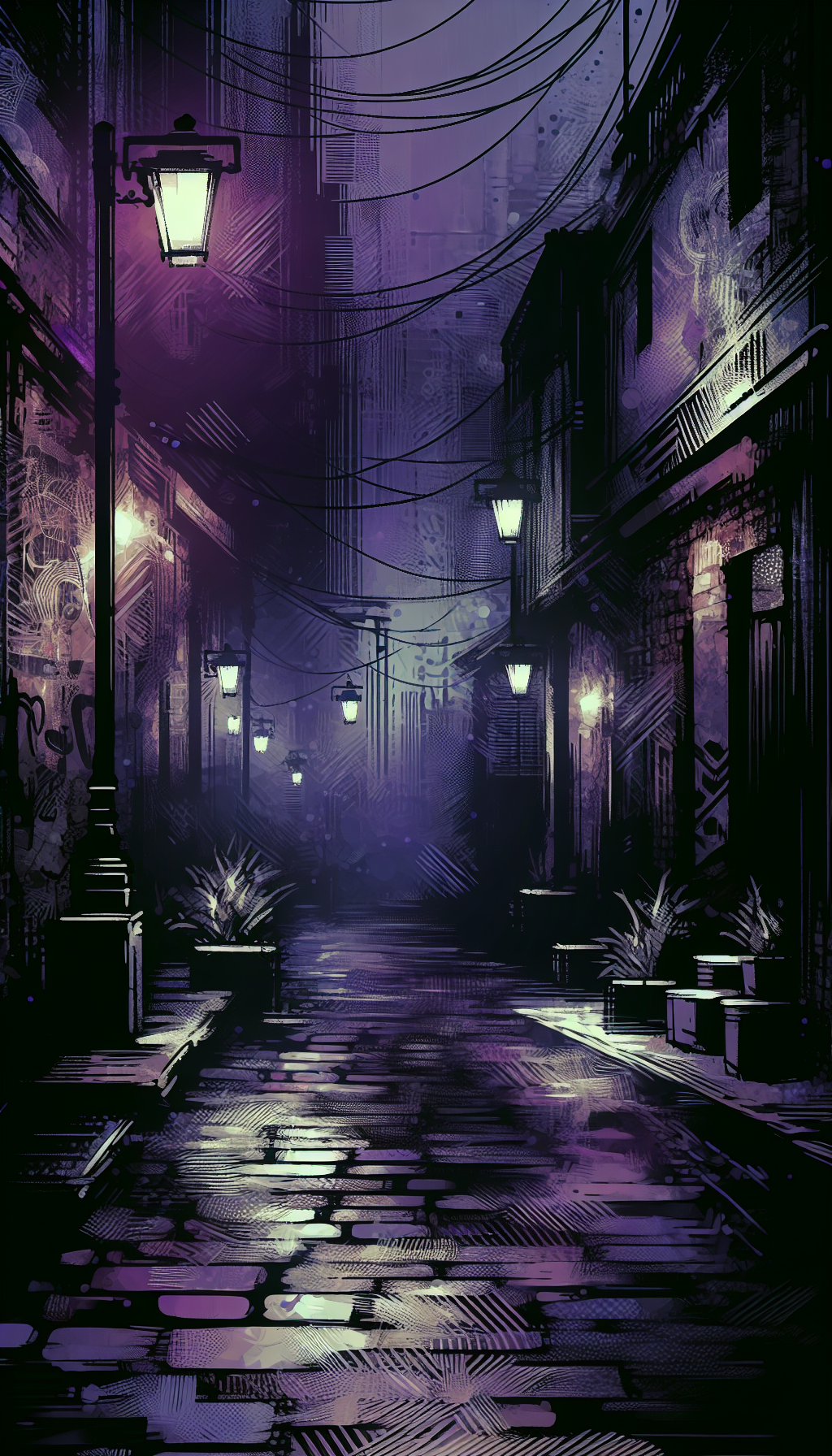Bronze Sculpture By Jos Dirix
Bronze sculpture by Jos Dirix occupies a lively niche of the contemporary market, especially among collectors who favor equestrian and animal subjects rendered with movement and energy. For appraisers and connoisseurs, these works offer a rewarding mix of technical craftsmanship and market nuances: limited editions, foundry practices, patina variations, and a robust gallery-driven primary market with a steadily visible secondary market. This guide distills what matters most when identifying, evaluating, and caring for a Jos Dirix bronze.
Artist and Aesthetic Hallmarks
While biographical details add context, the object itself provides the strongest clues. Dirix is widely associated with animalier themes—most notably horses—sculpted with a tangible sense of motion and muscular tension. Key visual cues:
- Gesture and balance: Figures often pivot around a dynamic center of gravity—rearing, charging, or in mid-stride—with elongated lines that suggest speed.
- Textural modeling: Surfaces tend to be worked to catch light, with ridges and tool marks intentionally left visible to read as musculature or wind-swept manes.
- Expressive silhouettes: From a distance, profiles remain legible and bold. Up close, transitions between planes (flanks, shoulders, haunches) feel purposeful rather than smoothed away.
- Patina as drawing: Patination often enhances motion through tonal contrast, highlighting raised ridges and deepening recesses. Expect warm browns through dark umbers, sometimes with green or reddish undertones.
Scale varies from tabletop bronzes to larger outdoor works. Small-to-medium sculptures (roughly 20–90 cm in height) are most frequently encountered by private collectors. Presentation may involve an integral bronze base or a separate stone/wood plinth secured via threaded rods.
Casting, Marks, Editions, and Documentation
Understanding how bronze sculptures are produced is essential to reading their evidence—signatures, edition numbers, and foundry marks.
- Process: Lost-wax (cire perdue) casting is the norm. The artist’s original model is translated into wax, sprued, invested, burned out, and then poured in bronze. Separate elements (ears, tails, legs) may be cast individually and welded, then chased so joins are invisible.
- Wall thickness and weight: Most fine art bronzes have a wall thickness of a few millimeters. Weight should feel substantial for size; unusually light pieces or excessive filler inside bases may warrant scrutiny.
- Patina: Heat and chemicals produce color; final wax seals it. Variability is normal across an edition—no two patinas are perfectly alike. High-quality patinas show depth and transitions rather than flat, uniform paint-like surfaces.
Marks and inscriptions to seek:
- Signature: Look along the base edge, the rear quarter of a figure, or near a hind leg for an incised or cast signature. It may present as a full-name inscription or a stylized artist’s mark. Expect it to be integrated with the surface, not sharply scratched post-cast.
- Edition mark: Typically inscribed as a fraction (e.g., 3/8), where the numerator is the individual number and the denominator the total edition size. Common contemporary practices in Europe include editions of 8, sometimes with a small number of artist’s proofs.
- AP/EA/HC:
- AP (Artist’s Proof) or EA (Épreuve d’Artiste) designates proofs outside the numbered edition, often limited in count.
- HC (Hors Commerce) indicates pieces not intended for sale, usually kept for the artist or a gallery.
- Foundry stamp: A quality foundry often stamps or casts its mark on the base edge or underside. Contemporary European bronze foundries vary; if present, a foundry mark can anchor authentication and dating.
- Documentation: A certificate of authenticity (COA) from the artist or primary dealer, invoices, gallery labels, and exhibition catalogues add market confidence. Foundry invoices or production photos—when available—are compelling.
Cautions:
- Post-cast additions: Very sharp, bright, or poorly integrated signature incisions may indicate alteration. Authentic signatures usually show patina continuity, with letters that sit naturally in the surface.
- Over-numbering or mismatch: If an edition is stated as 1/10 in one place and 1/8 in another, or if the COA conflicts with the bronze, investigate further.
- Repatination and rebase: Repatina can be legitimate restoration, but note it in valuation. Replacement plinths are common; original plinths may carry labels or inscriptions worth preserving.
Valuation, Market, and Buying/Selling Tips
Valuing a Jos Dirix bronze is a comparative exercise: weigh subject, scale, edition, patina, and condition against verifiable sales and dealer offerings.
Primary vs secondary market:
- Primary market: Galleries representing the artist often quote retail prices that include curation, documentation, and pristine condition. Price bands for small-to-medium limited bronzes by comparable contemporary animalier sculptors often sit in the low four to low five figures (USD/EUR), with larger or more complex works higher. Individual pieces vary.
- Secondary market: Auction and private resales can range below primary prices, especially for common subjects or higher edition numbers, though strong results appear for distinctive poses, larger scales, and top condition.
Key drivers of value:
- Subject appeal: Heroic equestrian poses and particularly dynamic compositions tend to command stronger demand than quieter studies.
- Scale: Height, length, and overall presence correlate with price, provided execution quality is equal.
- Edition size and position: Smaller editions are generally more desirable. Early numbers can be sought after by some collectors, but quality and condition outstrip simple edition order.
- Patina quality: Complex, well-preserved patinas add value. Burnishing and uneven color from abrasive cleaning detract.
- Provenance and exhibition history: Works sold by established galleries, or those with documented exhibition/press history, tend to be stronger.
- Condition and originality: Original patina and original plinth, intact foundry stamps, and unaltered surface details support the upper end of estimates.
Buying guidelines:
- Insist on documentation: COA, receipts, and correspondence. If the piece is recent, a direct line to the artist’s studio or dealer strengthens verification.
- Inspect under raking light: Look for filled pits, overgrinding, or suspicious welds. Minor casting artifacts are normal; heavy rework suggests issues.
- Ask about edition accounting: Confirm total edition size and the count of AP/EA/HC. Ensure your piece’s number aligns with records.
- Consider shipping complexity: Large bronzes require professional packing and crating. Factor this into total acquisition cost.
Selling guidelines:
- Choose the right venue: Unique or signature works may suit curated galleries; broadly known editions may do well at auction with clear comparables.
- Provide full condition and provenance: High-resolution photos, measurements, weight, and detailed notes improve buyer confidence and outcomes.
- Time the market: Offer when demand for the subject is visible—e.g., around related exhibitions or when recent comparables have performed well.
Valuation definitions for appraisers:
- Retail Replacement Value (RRV): For insurance; often set at gallery retail for comparable works.
- Fair Market Value (FMV): For tax or estate; the price between willing buyer and seller without compulsion, generally referencing auction comparables net of fees.
- Orderly/Liquidation Value: Used in forced-sale contexts, significantly below FMV.
Condition, Care, and Risks
Condition is both aesthetic and structural in bronze. Common observations and their implications:
- Patina wear: High points may show rub-through to brighter metal. Minor, even wear is typical for handled tabletop bronzes; excessive burnishing lowers value.
- Corrosion: True “bronze disease” (active, powdery green) is a red flag; it requires prompt conservation. Stable verdigris in recesses can be original patina.
- Repairs: Welds at legs, tails, or ears occur; look for changes in texture or color. Professional repairs can be acceptable but should be disclosed and may affect value.
- Base and mounts: Loose or replaced plinths are common; ensure threaded rods and pads are secure. Non-original plinths should be noted.
- Structural integrity: Thin extremities (legs, ears) are vulnerable; avoid stress during handling. If the sculpture rings dull or rattles, an internal support or bolt may be loose.
Care and preventive conservation:
- Cleaning: Dust with a soft brush or microfiber cloth. Avoid solvents, acids, metal polishes, and abrasive pads that strip patina.
- Waxing: A light application of microcrystalline wax, buffed gently, can protect patina. Frequency depends on environment; annual or semiannual is typical for display pieces.
- Environment: Stable humidity and temperature; avoid direct sunlight that can fade or unevenly heat patina. Keep away from chlorides (salt air) and ammonia fumes.
- Handling: Lift from the base or the thickest structural area, not from protruding limbs or heads. Use nitrile or cotton gloves to avoid skin oils.
- Display and outdoor placement: Outdoor bronzes need more frequent maintenance; expect patina evolution. Ensure drainage in bases and avoid water traps.
Red flags for appraisers:
- Incongruous surface: Paint-like coatings, uniform spray color, or starkly different patina tones in adjacent areas can indicate over-restoration.
- Signature anomalies: Spelling errors, crude incisions, or signatures on a detachable plinth rather than the bronze itself can be problematic.
- Documentation gaps: A recent work lacking any paper trail merits extra scrutiny.
Quick Appraisal Checklist
- Identify the subject, overall dimensions, and weight; photograph all views, including underside and mount.
- Locate and record signature, edition number (e.g., 2/8), AP/EA/HC markings, and any foundry stamps.
- Note patina characteristics: color range, transitions, sheen, and any rubs, scratches, or repatina.
- Inspect for repairs or casting flaws: weld lines, filled pits, cracks, or mismatched texture.
- Verify documentation: COA, invoices, gallery labels, emails/letters from the artist or dealer.
- Confirm edition details: total edition size, number of proofs, and whether the edition is closed.
- Compile comparables: recent sales of the same model or similar scale/subject, with dates and venues.
- Define the assignment’s value type: RRV, FMV, or other, and select comparables accordingly.
- Assess risks and costs: packing/shipping, conservation needs, insurance implications.
FAQ
Q: How can I tell if my Jos Dirix bronze is from an authorized edition? A: Look for a coherent set of cues: an integrated signature, a properly inscribed edition number (e.g., 3/8), and—ideally—a foundry stamp and COA or invoice from a recognized gallery. Cross-check the stated edition size with the documentation. Inconsistencies warrant further verification.
Q: Does the edition number (e.g., 1/8 vs 8/8) affect value? A: Some collectors prefer early numbers, but the market generally prioritizes subject, scale, patina quality, and condition over simple numbering. Scarcity (smaller total edition) matters more than the specific position within an edition.
Q: Can patina be restored if damaged? A: Yes, by a qualified conservator or patineur. Repatination can stabilize and aesthetically improve a piece, but it should be documented and may influence value depending on extent and quality. Avoid DIY chemicals or polishes.
Q: What’s the best way to insure a contemporary bronze? A: Insure at Retail Replacement Value using current gallery retail for comparable models or recent primary market invoices. Update values periodically, especially after notable sales or market shifts.
Q: Are larger outdoor works valued differently? A: Large-scale works command higher pricing but also carry significant costs for transport, installation, and maintenance. Market depth is narrower, so liquidity differs from tabletop pieces. Documentation, condition, and site history (if installed publicly) are particularly important.
By combining careful object reading—signature, edition, foundry, patina—with solid market comparisons and sound conservation practices, appraisers and collectors can evaluate bronze sculpture by Jos Dirix with confidence.



